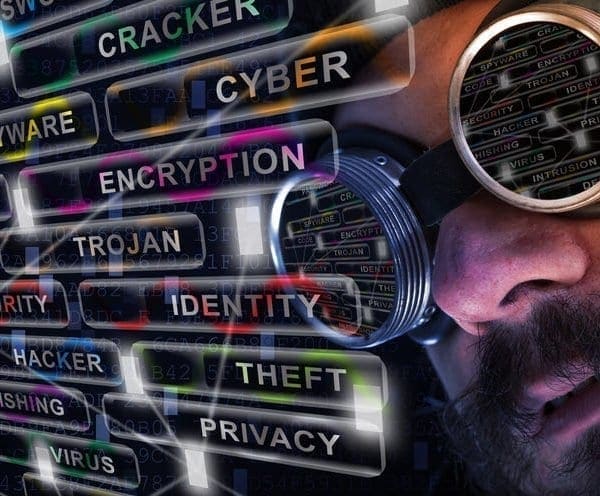National Cybersecurity Awareness Month (NCSAM) was co-founded and is co-led by the National Cyber Security Alliance (NCSA) and the U.S. Department of Homeland Security (DHS).
Hidden
Do You Have The Right Protection To Mitigate Against Cyber Threats
8. Waterhole attacks are when hackers take advantage of the face that their targeted victims often meet or work at particular physical or virtual location. So they “poison” that location to achieve malicious objective. Fake WiFi is used in such attacks. Hackers setup fake open WiFi access points that can be enticing to someone looking for a hot spot. By setting up a fake WAP (Wireless Access Point) fake system hackers can sniff unprotected data that transferred between the victims and their remote hosts/websites to get your login and password.
Virus Protection Myths
This happened to all of us in the past who are in the cybersecurity business. We all thought if we install virus protection we would be protected from hackers. This is the furthest thing from the truth. You bought an anti virus product, for example, and expected it to protect […]
Internet Security Myths About Cyber Crimes
Cyber Crime can’t happen to me. Only important or rich people are targeted. Wrong! Simply said, the Internet is such a big place that no one wants to target me. And even if someone would try to attack your system, there wouldn’t be too much valuable data to be stolen. […]
Cybercrime Costs Per Year
Industries Experiencing The Highest Cyber Incidents Rate
Not surprising, healthcare is on top of the hackers list. Why? Because there’s lots of personal information available and most medical offices are depending on detached IT security companies that are using computer policies to protect major holes in their business network. This list is from IBM Security.
Business Cyber Attacks On The Rise
Business Cyber attacks are on the rise. According to top Cyber security companies Cyber attacks are rising fast. Business Cyber Attacks Top 4,000 Per Day: Our Cyber Security Consulting Company serve customers in all fifty (50) states. We can help your business remotely or get someone onsite to harden your […]
Phrases Used To Describe Cyber Security Threats
Theses are all the names that help to identify cyber security threats in today’s threat landscape. The is simply too vast and complex to rely on a single, silver bullet solution. Successful information security management requires a broad mix of technology, strategy, processes, people and information security services – all aligned with business objectives to ensure operational success. The Cyber Operations is a wide field that have many areas of interest both technical and non technical areas. Malware – Malware includes any software that harms a system, data, or processes/applications. Trojan – Trojans hide in applications to get into a user’s system or they act as a program themselves. This malware does not replicate. Spyware – This malware gathers a user’s private data (financial info, passwords, usernames, etc.) and sends it to the spyware maker. Adware – Software that displays ads is considered adware. Not all adware is bad. Worms – A computer worm is a replicating program that spreads to other computers. Most rely on networks for transportation. Viruses – Computer viruses are replicating code that spread by hiding inside of infected applications and installers. Zombies – Computer zombies are computers that are controlled by a malicious hacker or computer virus to complete malicious tasks. Riskware – Software with unintended malicious potential. These applications can be used by malware to cause a lot of damage. DDoS Cyber Attack Protection – Prevent attackers from using un-wanted request to drain resources on server or website .




